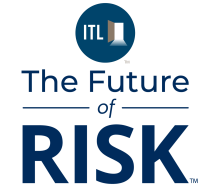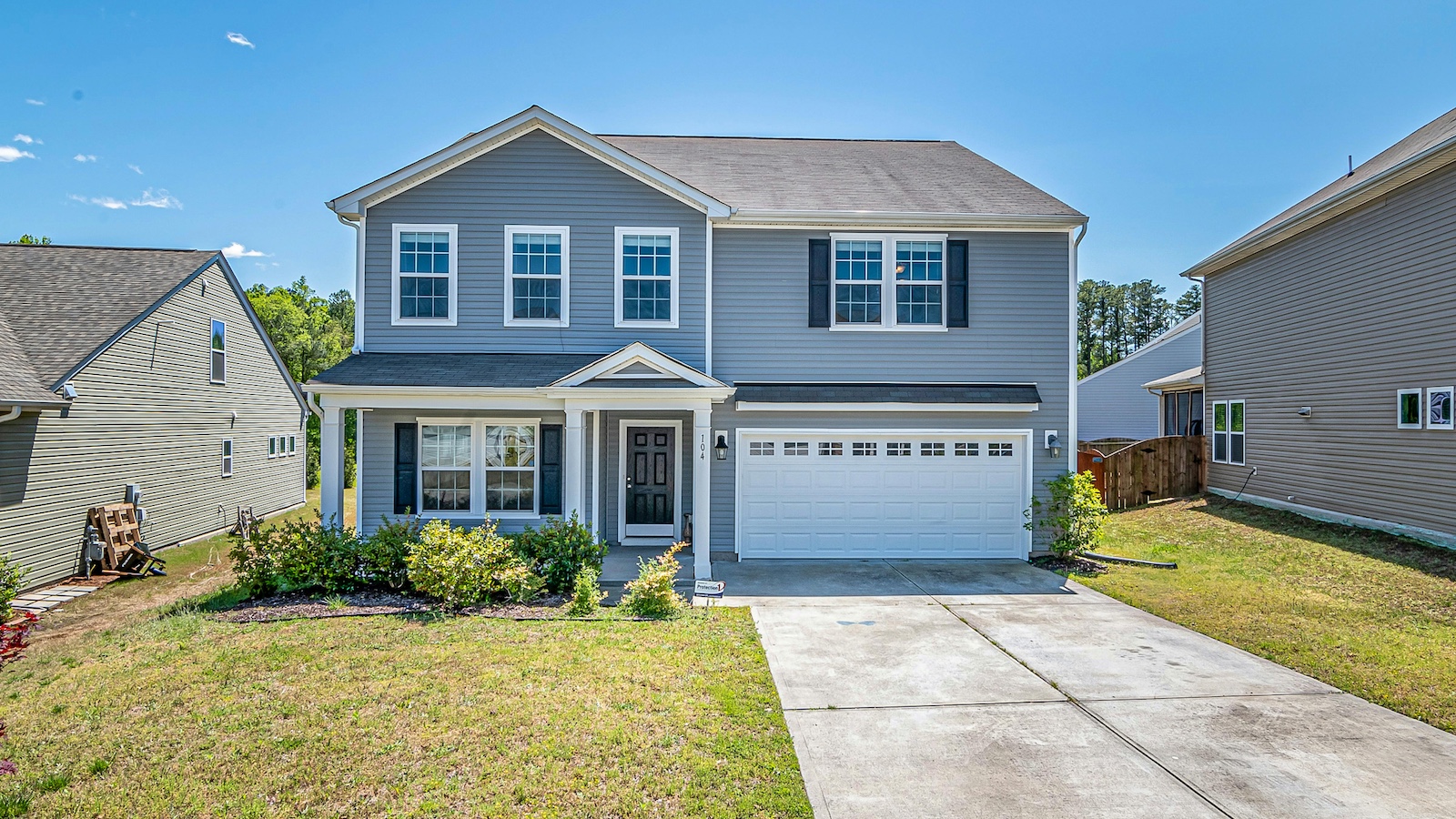It's hard to go a day without reading another news story about how the Trump administration's widespread tariff policies will affect life in America. But amid all that dialogue, shockingly little has been said about how the tariffs will affect homeowners' insurance.
Throughout his second term, President Trump has levied varying amounts of tariffs on imports from around the world. The most notable of these announcements came in early April, when the administration announced what it called "reciprocal" tariffs on all nations, which included a flat rate of 10%, along with higher rates for most of America's trading partners.
Since then, the president has lowered, removed or delayed the start for several of those taxes on imports, although many remain in place.
Meanwhile, home insurance rates rose by 40% cumulatively between 2019 and 2024. With tariffs now increasing rebuilding costs, disrupting global supply chains and potentially stoking inflation, there's a real risk that they could continue to climb throughout this year.
And while the future of those factors may seem unpredictable, insurance providers can still control several things, including how they communicate these changes to consumers. Below, we'll lay out what you need to know about the connection between tariffs and insurance rates, as well as how to manage and mitigate customer concerns.
The biggest concerns
Because the cost of home insurance is rooted in many predictive factors — that is, what could happen to a particular dwelling in the future — its relationship to tariffs is a bit more complicated than it would be for, say, the cost of eggs.
That said, there are two key factors worth watching above the rest. First is rebuilding costs, which naturally play a major role in determining rates.
Here, the repercussions are already being felt. A recent survey conducted by the National Association of Home Builders found that 60% of builders said their suppliers had already increased or announced coming increases in the cost of supplies.
As of mid-April, suppliers had increased prices by an average of 6.3%, which means a nearly $11,000 increase in the cost of a typical home.
If material costs increase, then rebuilding costs increase, which in turn means insurers have to charge higher rates to cover future repairs.
The other factor, which is heavily intertwined, is how this international trade turmoil will affect supply chains. While most of America's building materials are made domestically, the global supply chain is extremely complicated, meaning even a company that sources nearly all its materials in the U.S. could feel the effects.
Consider this: According to a 2023 estimate, 7% of all residential building materials are sourced abroad. That may not sound like a lot, but over a quarter of those materials come from China, which, despite new negotiations with the Trump administration in May, will still face significant taxes on the goods it sends into the U.S.
Chaos in the supply chain can also lead to delays for repairs and reconstruction, which adds even more uncertainty and, of course, more potential cost.
What customers need to know
The most critical thing for insurers to communicate is that these changes will not be felt overnight. The tariffs are complex, and the details surrounding them are constantly shifting — plus, it will take a while for their impact to trickle down to insurance costs.
Plus, even once providers can raise rates with clarity, they may not be able to act immediately. In many cases, insurers need regulatory approval to increase premiums, a process that can sometimes take years.
Here, providers have a tough balancing act: They must set expectations for the future without fearmongering and tamp down fears in the present without overpromising.
The impact of tariffs will not be felt evenly. Some states, home types and income levels will be disproportionately affected, simply due to the kinds of builders and materials used in each situation.
Places like Utah, Illinois, Arizona and Pennsylvania all saw premiums grow more than 40% between 2021 and 2024, while a small minority — roughly 5% of ZIP codes — didn't experience increases at all. It's a good reminder that stats can be deceiving and that each homeowner's situation will be entirely unique.
How homeowners can prepare
Ultimately, some of these price increases will be both financially straining and difficult to predict, which is all the more reason why providers should help their customers control what they can.
The best way to do this, of course, is to educate homeowners on how they can control their insurance costs elsewhere, such as by bundling policies, working to improve their credit scores and adding traditional rate-cutting features — like security systems and storm shutters — to their homes.
Homeowners can also work to keep their risk profile low. This may mean avoiding so-called attractive nuisance features, like swimming pools or trampolines, which encourage dangerous activities.
Lastly, providers can consider offering loyalty discounts for long-term policyholders. In times of turmoil, these benefits can reassure customers that their concerns are heard, and discourage them from looking elsewhere when rates are climbing across the board.
That's especially important given data from J.D. Power's latest home insurance report, which found that 37% of customers consider shopping elsewhere after experiencing a rate increase.
Ultimately, customers will care more about the bottom line than the reasons behind them, which is why transparency, empathy and careful communication are all important in times of uncertainty.








